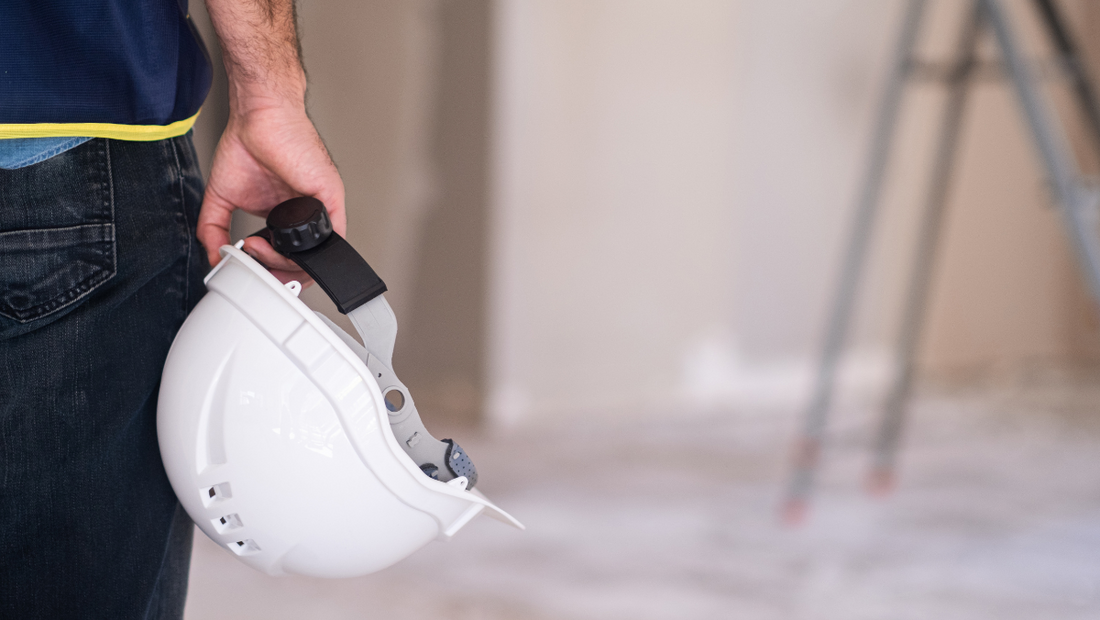Lone worker safety is a crucial consideration for employers and employees alike, particularly in industries where workers operate in isolated environments. From carers visiting patients at home to security personnel and maintenance staff working night shifts, lone workers face unique risks that require proactive safety measures. Ensuring their well-being is not just a legal obligation but also a moral responsibility.

Understanding Lone Worker Safety
Lone workers are individuals who perform their job duties without direct supervision or immediate support from colleagues. These roles are common in healthcare, social services, construction, and security sectors. While working alone does not necessarily mean increased danger, it does pose challenges such as delayed emergency response, heightened vulnerability to accidents, and potential threats from external factors like workplace violence.
Lone workers face a range of risks that can impact their safety and well-being. These risks include:
Medical Emergencies: Without immediate help, medical conditions such as heart attacks, strokes, or falls can become life-threatening.
Workplace Accidents: Slips, trips, and falls can occur without anyone around to provide immediate assistance.
Violence and Aggression: Employees working alone, especially in public-facing roles, may encounter aggressive individuals or threats.
Environmental Hazards: Exposure to extreme temperatures, hazardous substances, or confined spaces can pose significant dangers.
Legal Obligations for Lone Worker Safety
In the UK, employers have a legal duty under the Health and Safety at Work Act 1974 to ensure the safety of their employees, including lone workers. The Management of Health and Safety at Work Regulations 1999 further mandates that employers must conduct risk assessments and implement measures to mitigate risks for those working alone. Failure to do so can result in legal consequences, financial penalties, and reputational damage.

Best Practices for Lone Worker Safety
Employers can implement several best practices to protect lone workers effectively:
1. Implement Safety Training and Awareness Programs
Educating lone workers about potential risks and emergency procedures is vital. Training should cover hazard recognition, self-defense techniques, and the correct use of safety equipment.
2. Utilize Lone Worker Safety Devices
Wearable technology and mobile apps can significantly enhance safety by providing real-time monitoring, GPS tracking, and emergency alert systems. Employers should consider investing in these technologies to ensure rapid response in case of emergencies.
3. Establish Regular Check-ins
Employers should set up scheduled check-ins via phone, text, or digital platforms to confirm worker safety. Automated systems can also alert supervisors if a worker fails to check in at designated intervals.
4. Encourage a Culture of Safety
Creating a workplace culture that prioritises safety will ensure that employees feel supported. Encouraging workers to report hazards and incidents without fear of repercussions fosters a proactive approach to safety.
The Role of Technology in Enhancing Lone Worker Safety
Technological advancements have revolutionised lone workers' safety. A 2023 study by the British Safety Council found that organisations that adopted lone worker safety solutions saw a 40% reduction in workplace incidents. Wearable devices, smartphone applications, and GPS tracking systems have made it easier to monitor workers and respond promptly to emergencies.
GPS Tracking and Emergency Alerts
Modern devices for lone worker safety come equipped with GPS tracking, allowing employers and emergency responders to locate workers quickly in case of an incident. Emergency alert systems enable workers to notify supervisors or emergency services with the press of a button.
AI-Powered Safety Monitoring
Artificial intelligence (AI) and machine learning are being integrated into safety devices to predict risks based on worker behaviour and environmental factors. AI-powered systems can detect falls, prolonged inactivity, and unusual movements, triggering alerts for immediate intervention.

Lone Worker Guardian: A Reliable Lone Worker Safety Solution
Having a dependable safety device can be crucial for lone workers. The Lone Worker Guardian is an advanced personal safety device designed specifically for lone workers, elderly individuals, and people with medical conditions.
Real-Time GPS Tracking: Allows employers or carers to monitor the wearer’s location in real time.
Emergency SOS Button: A single press instantly alerts emergency contacts and dispatches help.
Two-Way Communication: Enables quick communication between the wearer and their contacts.
Heart Rate Monitoring: Provides health insights to detect irregularities before they become emergencies.
Waterproof Design: Suitable for various work environments, ensuring durability and reliability.
Lone Worker Guardian provides peace of mind to both workers and employers, ensuring immediate assistance is available when needed most.
Conclusion
Lone worker safety should never be overlooked. Employers must take proactive steps to identify risks, implement protective measures, and leverage technology to safeguard those working in isolated roles.
With solutions like Lone Worker Guardian, lone workers can carry out their duties with confidence, knowing that help is just a button press away. Prioritising safety protects employees and enhances productivity, morale, and overall workplace well-being.
Stay safe, stay alert, and control your personal protection today. Please contact us if you need assistance. Keep yourself safe and protected.


